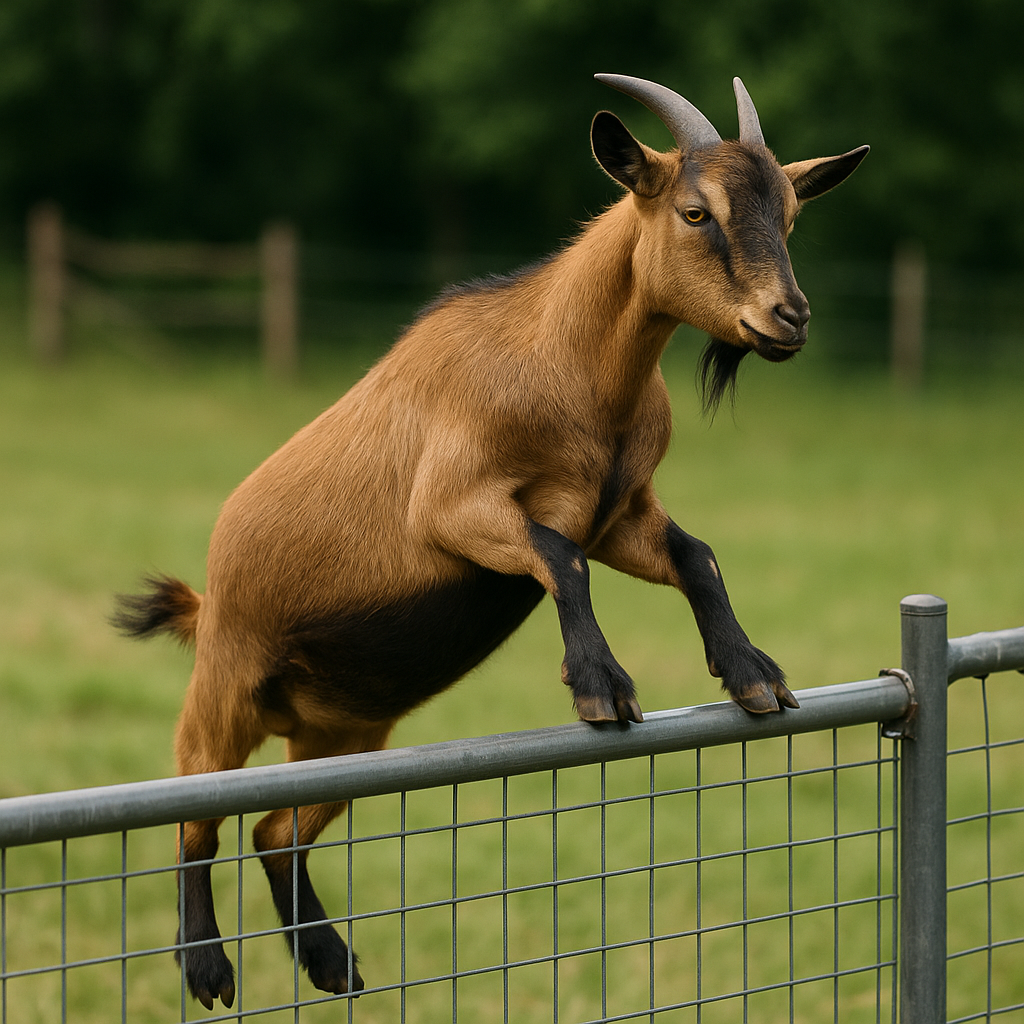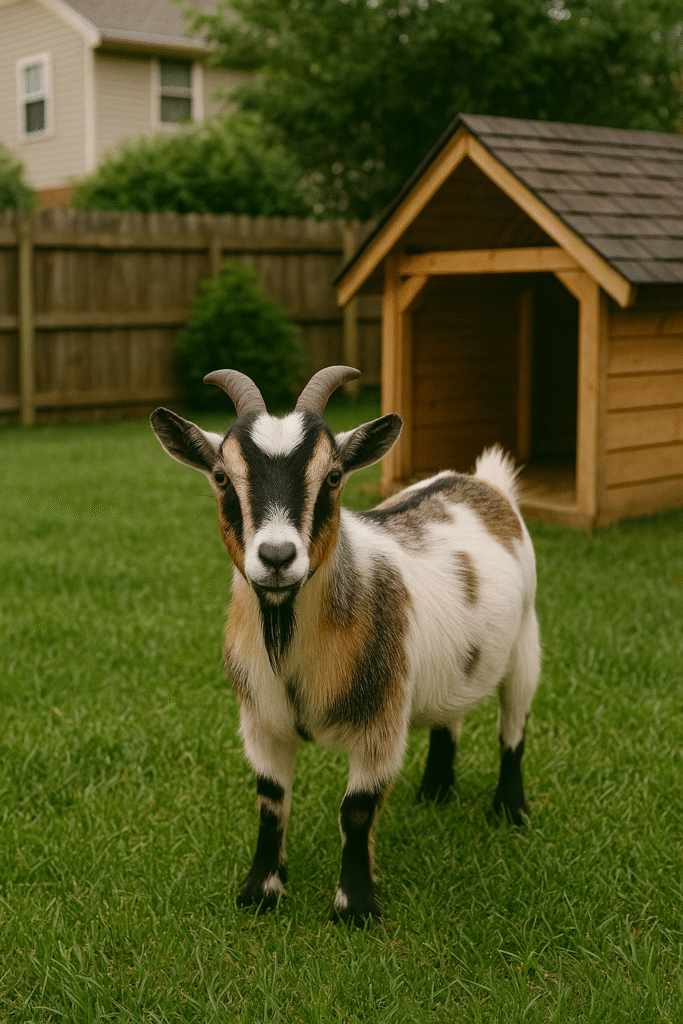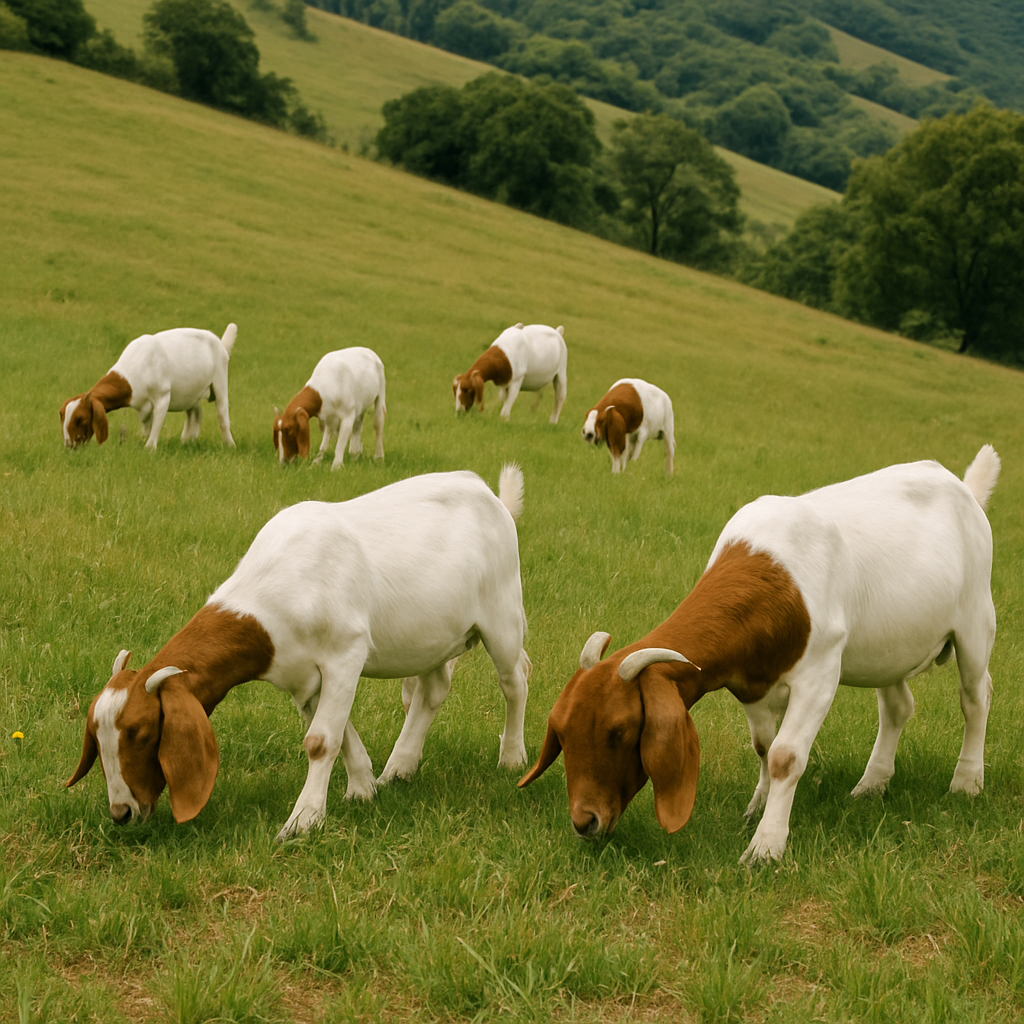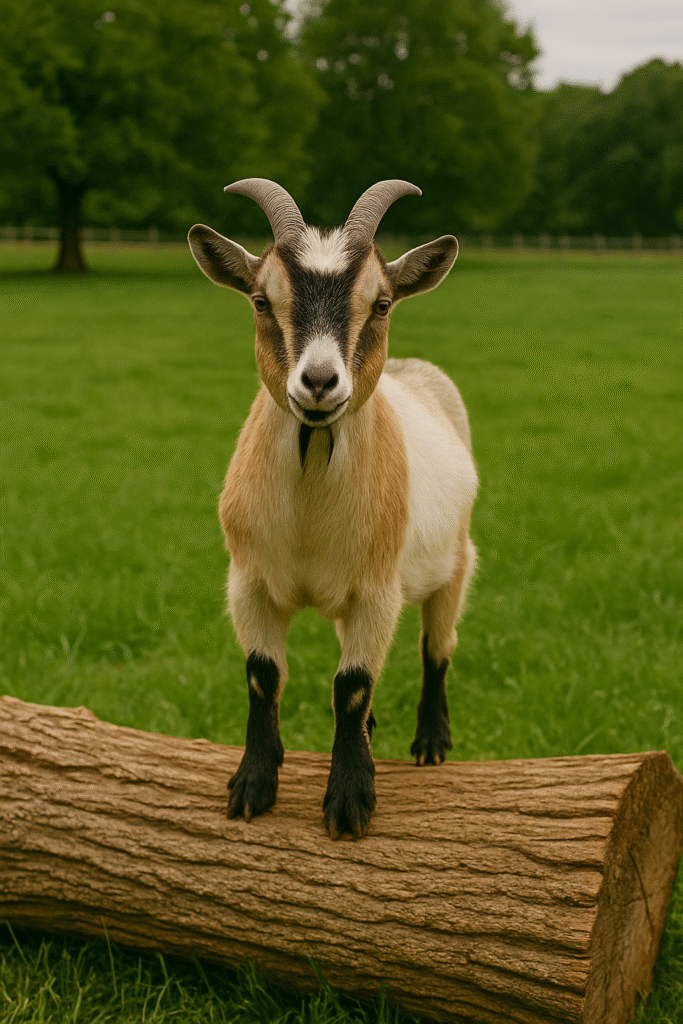
Goats: The Ups and Downs of Raising Nature’s Quirky Companions
Introduction: Why Goats are so popular
Goats are often described as equal parts useful and entertaining. They’ve been part of human history for thousands of years, yet they continue to feel fresh and exciting for modern homesteaders and hobby farmers. Whether you live on a rural lifestyle block or in an urban suburb with a big backyard, goats are often the first “livestock” people dream of keeping.
There’s something addictive about them—their mischievous behavior, their playful leaps, and their ability to bond with people. Add in the fact that they provide milk, meat, fiber, and land-clearing services, and you can see why goats continue to gain popularity across the world.
But goats aren’t for everyone. With their ups come plenty of downs, and keeping goats successfully requires preparation, patience, and a willingness to laugh when things don’t go quite to plan. As we have goats ourselves we have quite a bit of experience with them. Most of the time they are quite fun to have, but sometimes they can be quite destructive, when escaping and find your veggie garden or young trees.
In this article, we’ll dive into the joys, struggles, and realities of raising goats—from their long history to their place in modern backyards and farms.
A Brief History: Humanity’s Long Love Affair with Goats
Goats were one of the very first animals domesticated by humans—archaeological evidence suggests many years ago in the Fertile Crescent. Early people valued goats for their versatility: they provided milk, meat, hides, and bone tools. Unlike cattle, goats were hardy, adaptable, and able to survive in rough terrain where other livestock couldn’t.
Throughout history, goats have held cultural and even spiritual significance:
- In Greek mythology, the goat Amalthea nursed baby Zeus.
- In Norse mythology, Thor’s chariot was pulled by two goats, Tanngrisnir and Tanngnjóstr.
- In many African and Asian cultures, goats continue to play a role in rituals, festivals, and feasts.
Today, goats are still central to many farming systems, particularly in regions with harsh climates. Their global importance is matched only by their ability to fit into small, family-scale farms—making them a natural fit for modern homesteaders.
Different Breeds and What They’re Known For
When people say “goat,” they often picture one generic animal. But goats come in dozens of breeds, each suited for different purposes. Knowing the differences is key before deciding to bring them home.
Dairy Breeds
- Saanen: Large, calm, and high milk producers. Perfect for serious dairy keepers.
- Nubian: Known for their floppy ears and creamy, high-butterfat milk (excellent for cheese).
- Alpine: Hardy goats, often producing large quantities of milk even in rough conditions.
- Nigerian Dwarf: Smaller, great for urban settings, and produce surprisingly rich milk.
Meat Breeds
- Boer: The most common meat breed worldwide, originally from South Africa.
- Kiko: Developed in New Zealand, hardy and low-maintenance.
- Spanish Goat: Known for resilience in tough climates.
Fiber Breeds
- Angora: Produce mohair, a silky fiber prized in textiles.
- Cashmere Goats: The source of luxury cashmere wool.
Pet & Hobby Breeds
- Pygmy: Tiny, playful, and ideal for families or urban keepers.
- Miniature hybrids: Often bred for personality and size rather than production.
Each breed comes with its own pros and cons. For instance, a Nubian doe may provide rich milk but can be quite vocal, while a Boer goat grows fast for meat but may be less affectionate.
The Benefits of Raising Goats
Goats offer a unique combination of usefulness and companionship. Here are some of the most celebrated benefits:
1. Milk and Homemade Products
Fresh goat’s milk is digestible, versatile, and can be turned into cheese, yogurt, kefir, ice cream, and even soap. Many families start with goats simply because they want access to their own dairy supply.
2. Land Clearing and Weed Control
Goats are browsers, not grazers. Unlike sheep and cattle, they prefer woody plants, brambles, and weeds. This makes them fantastic for clearing blackberry, gorse, or other invasive plants. Some city councils even hire “goat crews” to clear urban overgrowth.
3. Smaller Size and Manageability
A goat is far less intimidating than a cow. Children can safely interact with them, and their smaller size makes them easier to house and handle.
4. Personality and Companionship
People often say goats are like “dogs with hooves.” They can recognize their owners, come when called, and even learn simple tricks. Their playful energy makes them entertaining for families.
5. Adaptability
From desert climates to snowy mountains, goats adapt better than most livestock. This makes them an appealing option for both rural farmers and backyard keepers.
The Downsides of Raising Goats
As much as goats can charm you, they’ll also test your patience. Here are some of the biggest challenges:
1. Fencing Nightmares
Goats are escape artists. They climb, push, dig, and squeeze through the smallest gaps. A fence that works for sheep won’t necessarily stop a goat. Proper fencing is one of the biggest expenses of goat ownership.
2. Dietary Misconceptions
Despite their reputation, goats do not eat everything. They will try to chew on cardboard, rope, or clothes, but they require a balanced diet. Overeating weeds or toxic plants can quickly become fatal.
3. Noise and Odor
Some goats (especially Nubians) can be noisy, which may upset suburban neighbors. Bucks (male goats) can also smell strongly during breeding season—a major downside for urban keepers.
4. Health Needs
Goats are prone to internal parasites, foot rot, and respiratory issues. Regular hoof trimming, worming, and vet visits are part of goat care.
5. Herd Mentality
Goats are herd animals. A single goat will be unhappy, stressed, and noisy. This means you’ll need at least two, doubling costs and care needs.
Goats in Urban Settings

Keeping goats in an urban or suburban environment is possible but comes with special considerations:
- Legalities: Many cities restrict livestock. Always check council bylaws.
- Space: Goats need more than a lawn; they require room to roam and browse.
- Neighbors: Noise and odor must be managed. Choosing quiet breeds and females/wethers (castrated males) can help.
- Waste Management: Goat manure can be composted for gardens, but it must be handled responsibly in smaller spaces.
For urban keepers, Nigerian Dwarfs and Pygmies are the most practical choice. They’re small, friendly, and more manageable in backyard spaces.
Goats in Rural Life

In rural areas, goats often become part of a larger farm system:
- They can rotate through paddocks after sheep or cows to help manage parasites.
- They clear rough terrain unsuitable for other animals.
- Meat breeds like Boer goats can supplement farm income.
- Dairy goats can reduce grocery costs while providing valuable homegrown dairy products.
However, rural goats face predators. Also there can be the expense of fencing large properties, and the challenge of seasonal feed shortages.
Daily Life with Goats: What to Expect
A realistic day with goats includes:
- Morning feeding and check: Hay or browse, minerals, and fresh water.
- Milk time (if keeping dairy goats): Twice a day, every day, regardless of weather.
- Health care: Watching for signs of worms or lameness.
- Maintenance: Fixing fences—because goats will always test them.
- Play and interaction: Goats thrive on attention.
It’s a lifestyle, not a hobby you can dip into occasionally.
Training, Behavior, and Goat Mischief

Goats are clever. They can be trained to:
- Walk on a lead.
- Stand still for milking.
- Even pull carts or participate in goat agility competitions!
But they’re also mischievous:
- Climbing onto cars.
- Breaking into feed bins.
- Headbutting unsuspecting visitors.
Their intelligence is both a gift and a challenge.
Health and Veterinary Care
Key areas of goat health include:
- Hoof trimming: Every 4–6 weeks.
- Deworming: As needed, based on fecal tests.
- Vaccinations: CDT (Clostridium perfringens types C & D and tetanus) is standard.
- Parasite management: Rotational grazing and good pasture management.
Ignoring health needs can quickly lead to expensive vet bills.
The Economics of Goat Keeping
Goats can be a low-cost entry into livestock compared to cattle or horses, but they’re not “free pets.” Costs include:
- Fencing and shelter.
- Feed and minerals.
- Vet care.
- Equipment (milk stands, buckets, brushes).
Some people offset costs by selling extra milk, cheese, or soap, while others raise meat or fiber goats for profit.
Environmental Role
Goats can be eco-friendly land managers when managed well. They reduce fire risk, control weeds, and produce natural fertilizer. But overgrazing can damage land, leading to erosion. Responsible management is key.
Who Should—and Shouldn’t—Get Goats
Good fit:
- Families with space and time.
- Hobby farmers wanting milk or meat.
- Eco-conscious landowners needing brush control.
Not a good fit:
- Busy households with little time for daily care.
- People with small yards or thin fences.
- Anyone unprepared for the long-term commitment.
Final Thoughts: The Reality of Goat Keeping
Goats are not just animals—they’re personalities. They bring laughter, frustration, and joy in equal measure. For some, they’re the perfect balance of utility and companionship. For others, the challenges outweigh the rewards.
Whether in a rural paddock or an urban backyard, goats can thrive if given the right care. But they’ll never make life boring.
Owning goats isn’t just about farming—it’s about stepping into a lifestyle where every day brings a mix of work, reward, and a few surprises.
